Autism Inclusion
at Magill School

Autism Inclusion
at Magill School


As we have begun a new school year, children on the autism spectrum may be feeling overwhelmed by the many changes that have happened over the last few weeks. In our daily life, we all experience change, such as changing activities, or going to different places. Another word to describe change is 'transition'. Transition is a word often used by schools and other professionals to talk about changes in routine and the ability to stop one activity and start another.
Some people on the autism spectrum find change and transitions more challenging than others. Transitions may appear more difficult on some days or in some places due to other pressures and expectations. Each young person will cope with transitions and change in a different way.
Sometimes a breakdown in a transition can occur, especially when it is a move from a highly motivating activity to a less preferred activity. Sometimes a transition might break down when a child doesn’t understand where they are going.
Transitions and change can be difficult for ALL children (and adults!). But, for Autistic children who have the tendency to become very engaged in the activity that they are doing, transitions can trigger meltdowns. It can be hard to “switch gears”, especially when they thrive on consistency and routine. When Autistic children are forced to switch gears without support, it can cause extreme stress and anxiety.
The best way to start thinking about how to support transitions in Autism is to plan ahead, be prepared, and be consistent. When the following strategies are implemented and used on a regular basis, it adds some structure and predictability to transitions. Some ideas you can use are:


1. Use a 'first-then' board or visual schedule. A first-then visual support shows children the sequence of what they will be doing.
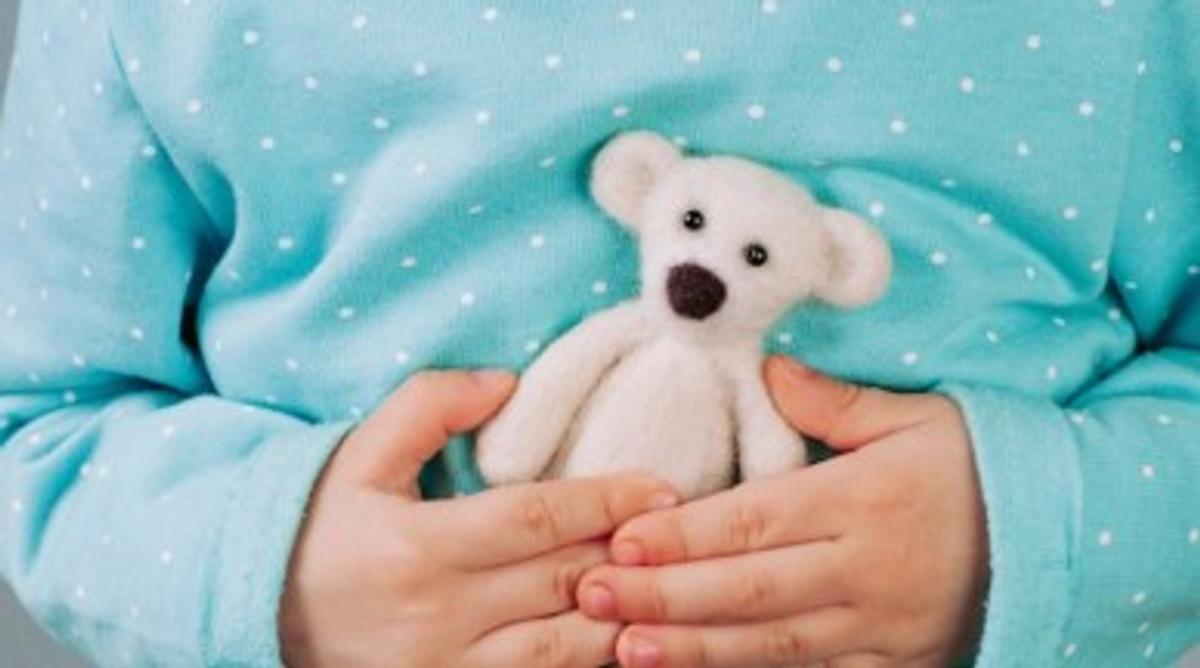

2. Utilise a transition object. A transition object is just an object of any kind that can be carried in one hand by a child. It could be a toy or another favourite object (stuffed animal, matchbox car, brush, etc.)
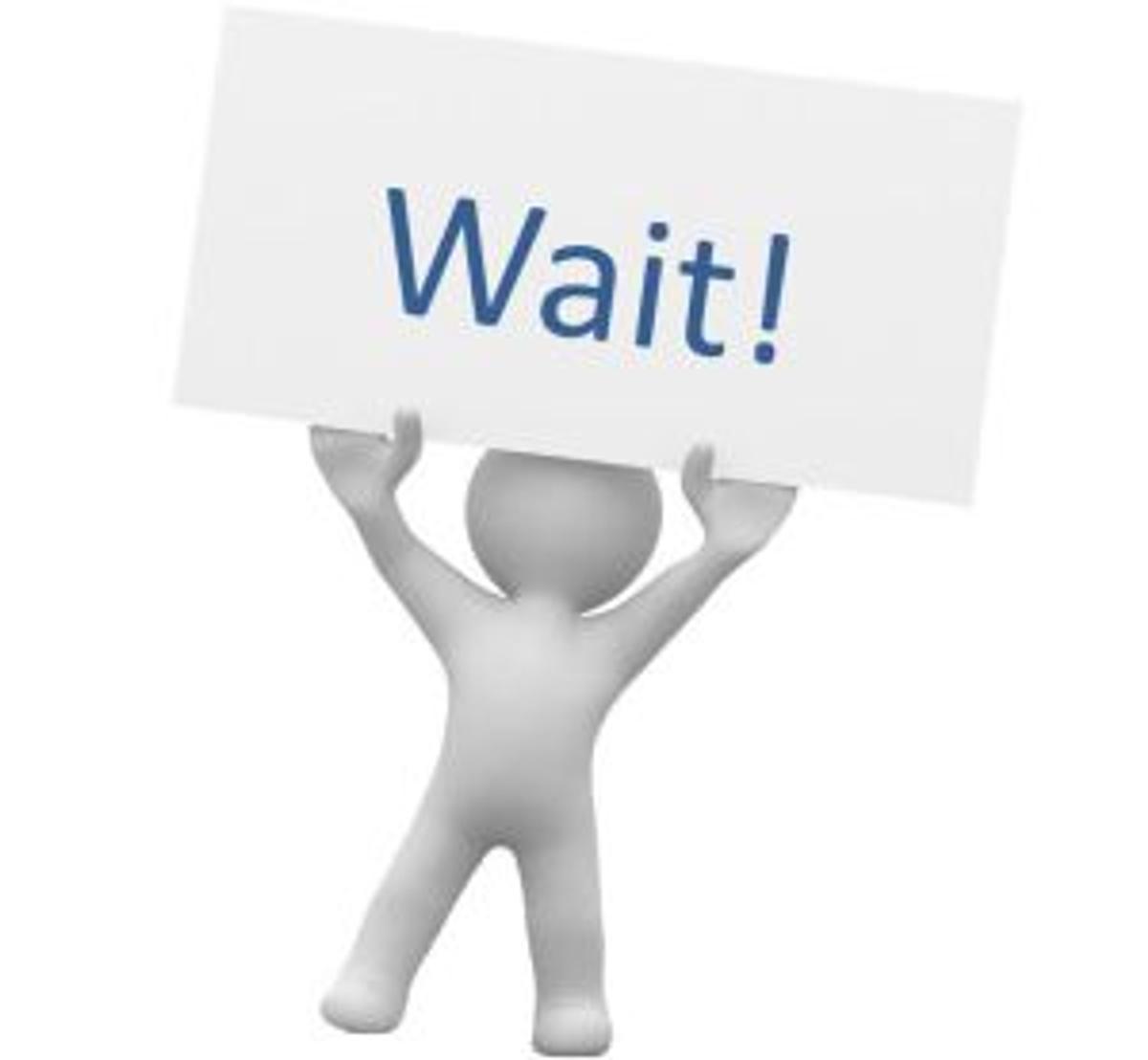

3. Give some wait time. Why are we always in such a hurry? I know we all have pressure to keep the schedule moving along. However, if your child has dropped to the floor and isn’t moving to the next activity or place, sometimes the best approach is to wait. Let them have their moment to be upset, regroup, and calm down.
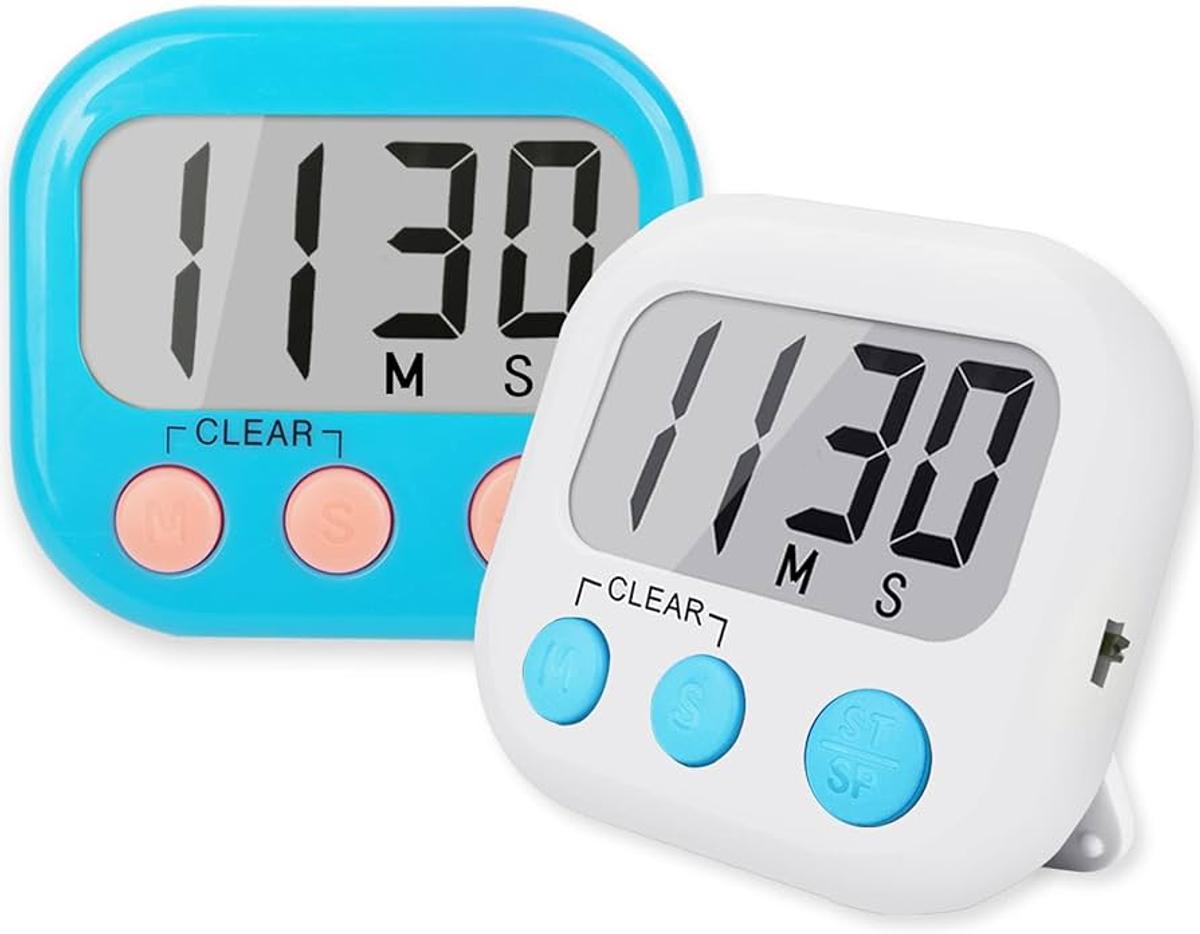

4. Use a timer. As an activity is coming to an end, it can be very helpful to use a timer to signal that it is finished, thus time to transition.
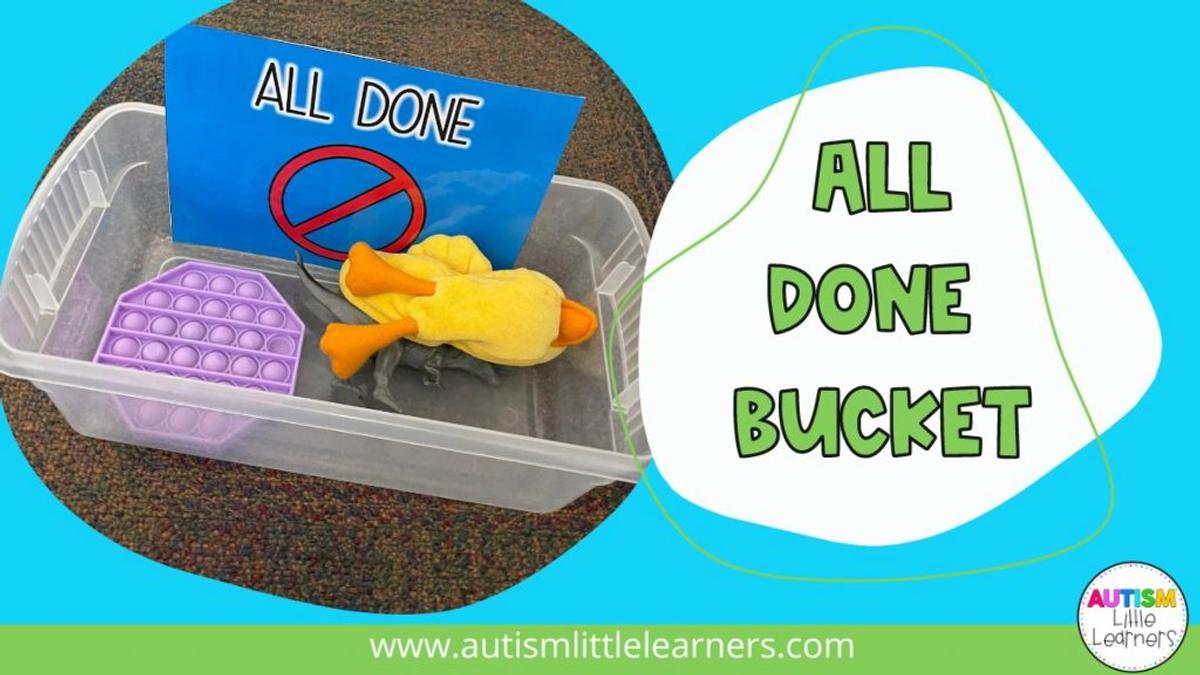

5. Make and then use an 'all-done bucket'. When it is time to be all done with a toy or an activity, bring the 'all-done bucket' to your child and help them put the object in the container.
All children at times can find transition difficult, but I hope some of these strategies can help not only our students with Autism, but all children that can find some transitions challenging!
For any new parents, there is some great information on this link about supporting students when they start school- https://studentwellbeinghub.edu.au/parents/starting-school
With Kindness,
Lisa Williams.
KidsHelpline: 1800 551 800
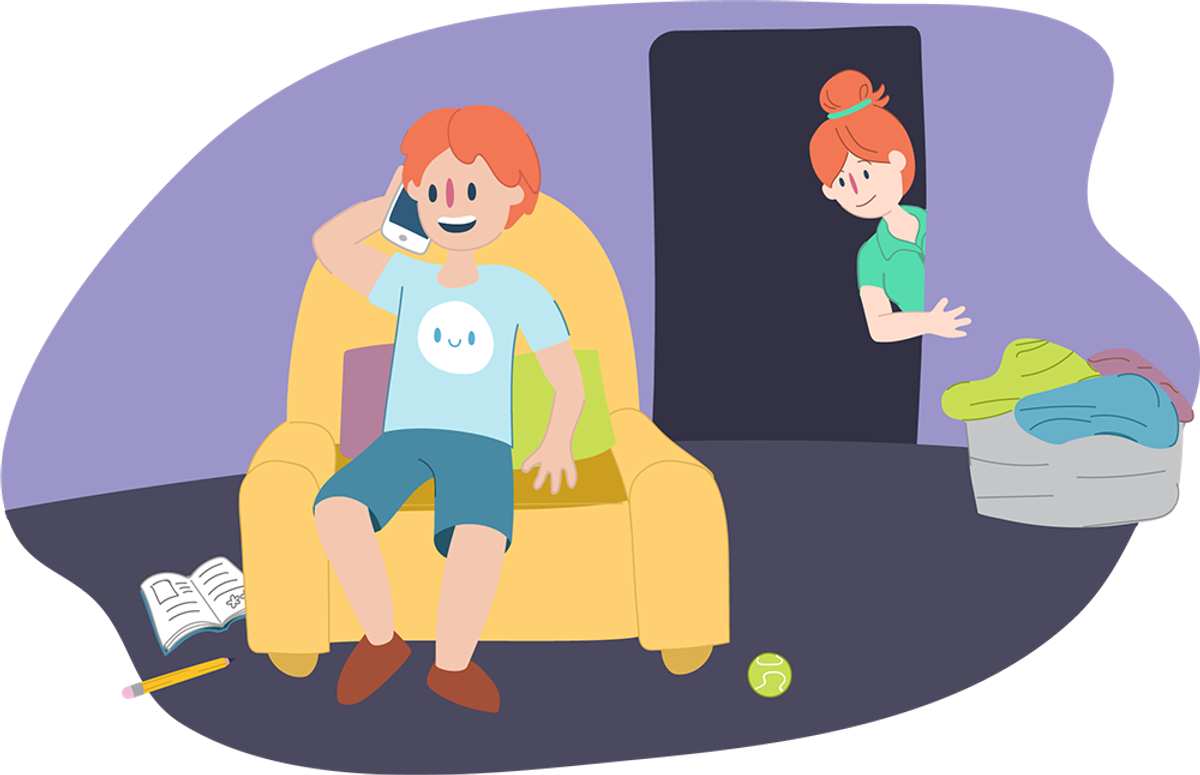

Beyond Blue: 1300 224 636


Lifeline: 13 11 14

